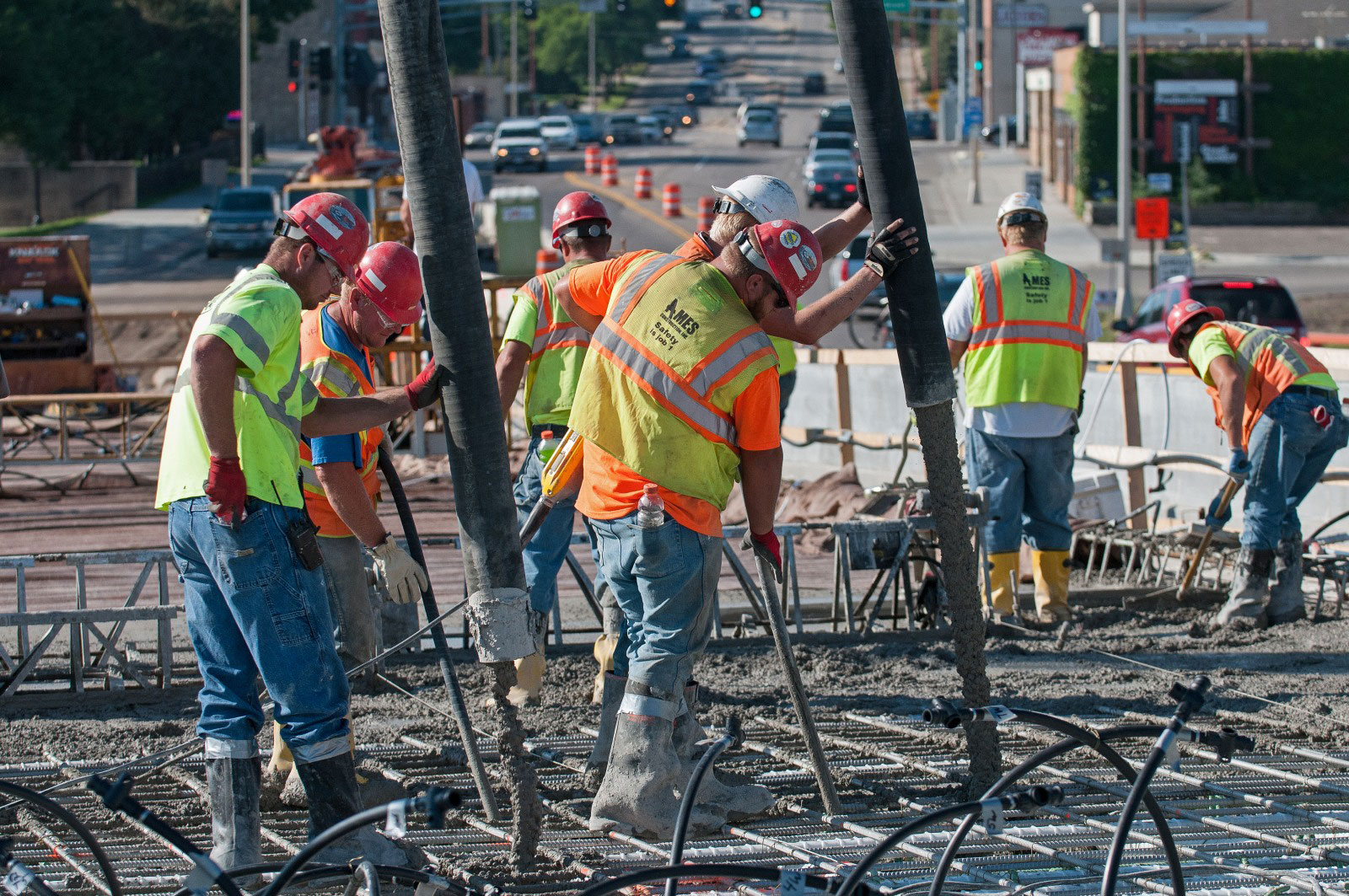 |
| Veronica G. Cardenas/Reuters |
It makes no sense to continue to bring in so many foreign workers.
When the Bureau of Labor Statistics released the April employment figures last Friday, they showed the worst downturn in employment since the Great Depression. The end-line numbers of 14.7 percent unemployment and 23.1 million out of work have received a lot of attention. But the media has largely ignored the even-higher unemployment rate (16.5 percent) for immigrants and the even more dramatic proportional increase in their number unemployed. With millions of immigrants out of work, to say nothing of the unemployed native-born, it simply makes no sense to continue to bring in more foreign workers. The president took a few tentative steps to take the immigration system off autopilot by issuing a proclamation on April 22. That proclamation slightly reduced the flow of foreign workers into the country. But he can do a great deal more. Americans think that immigration should be designed to benefit the American people. If that is to be the guiding principle, the numbers allowed into the country during the current economic crisis should be curtailed.
Our immigration system consists of permanent immigration (green cards) and temporary immigration, both long-term and short-term. The permanent system brings in about 1 million annually, mostly sponsored by their relatives in this country, or workers sponsored by employers. We also give out green cards based on a lottery, and there are refugees and asylum seekers. All of these 1 million green cards each year come with lifetime work authorization. Long-term temporary immigration, in contrast to tourists, is primarily composed of guest workers, all of whom can work, and foreign students, who also often are allowed to work.
Economic theory predicts that by increasing the supply of workers, immigration will have a negative impact on the wages and employment of some American workers. There is research showing that, in normal times, immigration reduces the wages and employment of some native-born workers and earlier waves of immigrants, though a debate remains among academics about the size of that impact. But it is not clear that any of that research is even relevant now. The unemployment rate for April was the highest since monthly data collection began in 1948. May’s numbers will surely be even worse, because the “household” survey on which they are based reflects conditions in the earlier part of each month, and job losses mounted throughout all of April. It is simply unreasonable to argue that we need to admit more foreign workers given how many people are now unemployed.

The primary argument for employment-based permanent immigration and guest workers has been that there is a shortage of workers. Of course, it was never clear that workers were actually in short supply. Many studies, including by the Pew Research Center and the Economic Policy Institute, have shown that real wages (inflation-adjusted) have grown little or not at all in the last few decades for the vast majority of workers. If there really were a worker shortage, compensation should have been rising rapidly as desperate employers bid up wages. It is very likely that high levels of immigration is one of the reasons wages have stagnated. Furthermore, the share of adults under age 65 who are in the labor force — working or looking for work — has been declining for decades.Read the rest from Steven A. Camarota HERE.
If you like what you see, please "Like" us on Facebook either here or here. Please follow us on Twitter here.

No comments:
Post a Comment